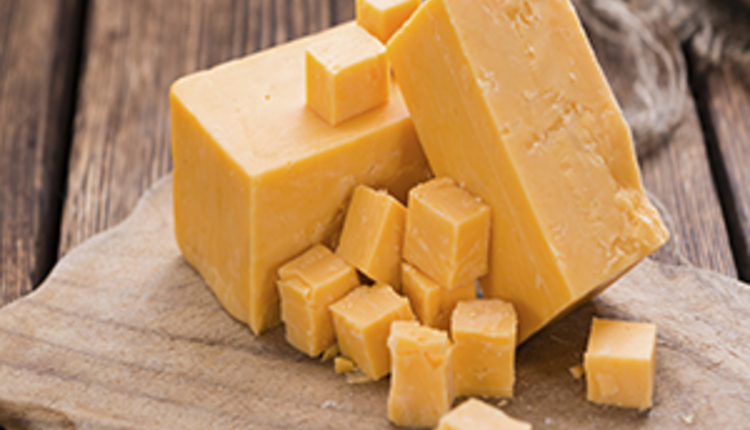
The National Milk Producers Federation (NMPF) and the U.S. Dairy Export Council (USDEC) are working together to ensure U.S. dairy farmer priorities are front and center in the ongoing negotiations. Working closely with the U.S. Trade Representative (USTR) and USDA, NMPF and USDEC’s joint trade policy team is leveraging its status as confidential trade advisers to advance new market access opportunities and ensure that barriers to dairy trade are prioritized.
This advocacy isn’t abstract. Preparing for President Trump’s April 2 rollout of a “Fair and Reciprocal Trade” plan, NMPF and USDEC developed a comprehensive road map for the U.S. government aimed at unlocking new dairy market opportunities. NMPF’s trade advocacy has focused on four areas: securing new market access, eliminating nontariff trade barriers, resetting the imbalanced U.S.-European Union (EU) trade relationship, and quickly resolving tariff retaliation by China and Canada.
Securing new market access is essential for ensuring the long-term growth and competitiveness of U.S. dairy exports. NMPF is prioritizing engagement with markets including Vietnam, Indonesia, the United Kingdom, and others where U.S. exporters face tariff disadvantages relative to competitors from the EU, New Zealand, or both. Ahead of the administration’s “Fair and Reciprocal Trade” rollout, NMPF submitted 45 pages of comments detailing the specific dairy products and markets where exporters would stand to gain the most.
NMPF has identified a long list of nontariff measures that also hamper trade, including unscientific certification requirements, monopolization of common cheese names like “Parmesan” and “Feta,” and lengthy manufacturing facility approval processes that are thinly veiled attempts to block trade. Tariffs become a secondary issue when U.S. dairy plants and products can take years to be approved to even reach a market in the first place. These challenges aren’t just bureaucratic red tape — they directly determine whether U.S. dairy products can compete globally.
The most egregious example is the EU’s use of nontariff barriers, which has driven the nearly $3 billion U.S.-EU dairy trade deficit. The EU has long employed tariff and nontariff measures to block U.S. dairy imports while enjoying relatively streamlined access into the United States for its own products, particularly cheese and butter. Contrary to what the Europeans claim, this blatant protectionism has nothing to do with history, pricing, or quality advantages — it is completely political. NMPF urges the U.S. government to use all tools, including the tariff leverage, to rebalance the deeply one-sided trade relationship.
Even in the face of retaliation against U.S. dairy producers, NMPF has pushed for strategic engagement to de-escalate conflicts and secure new opportunities for dairy. Both Canada and China, the United States’ second- and third-largest dairy export markets, respectively, have rolled back retaliatory measures in recent weeks, with China reducing retaliation from 125% to 135%, down to 10% to 20%, and Canada implementing an exemption process for dairy imports used as inputs for further processing.
This proactive approach is rooted in decades of experience. While the trade policy landscape continues to change day by day, NMPF is doggedly advocating for global trade opportunities that bring real, tangible results for U.S. dairy producers.









